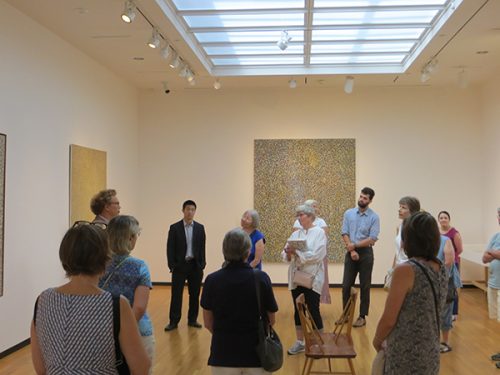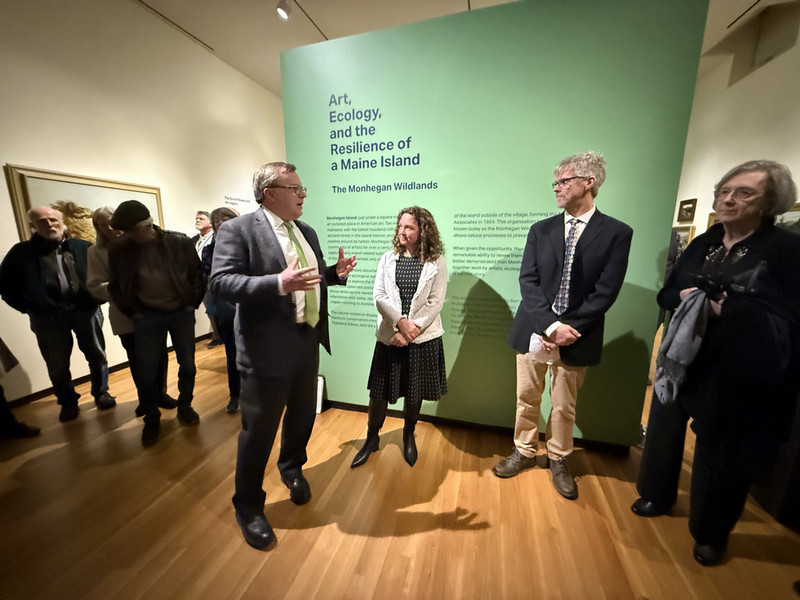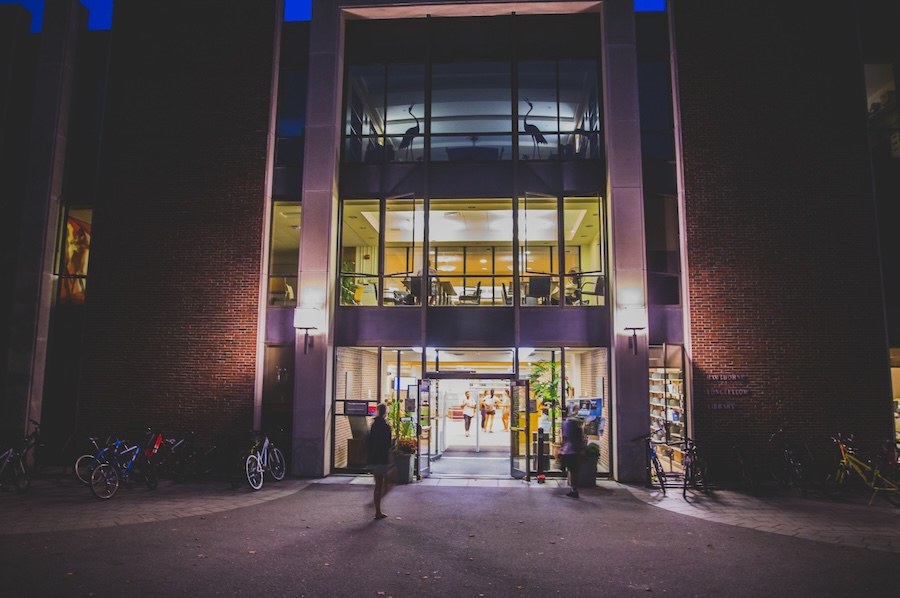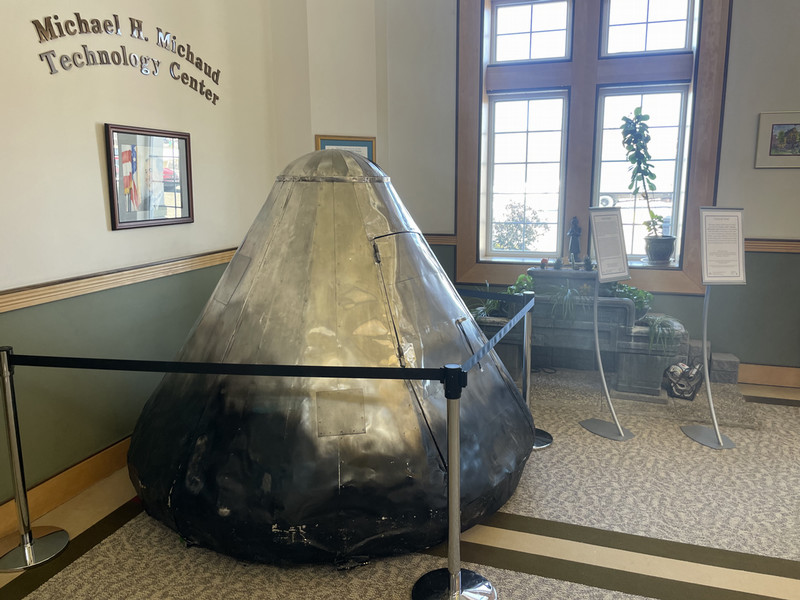Richard Pousette-Dart: Painting as a Modern Medium
By Bowdoin College Museum of Art
The current exhibition, Richard Pousette-Dart: Painting| Light| Space, provides the rare opportunity to spend time with several major paintings by one of the great artists of the New York School. Painted between the late 1950s and mid-1970s, the mural-sized works announce a dramatic shift in American art history. Pousette-Dart’s artistic trajectory is paradigmatic for his generation: While his groundbreaking paintings in the 1940s and 1950s reveal an affinity with prehistoric, non-Western, and medieval art—sources of inspiration that were then deemed authentic and spiritual—he turned in the 1960s towards modern technology to glean insights into the nature of images. He was an avid photographer and a passionate ham-radio operator with much practical knowledge about electronic circuits, and a contemporary to the technological innovations of the space age. These influences inspired a new direction in his work.
Visitors to the exhibition find that Pousette-Dart during this period dissolved the surfaces of his paintings into dabs of color. The flickering sensation created by these intensely built-up expanses of paint is especially compelling in the changing daylight that floods the Museum’s galleries. The effect is based on Pousette-Dart’s unusual technique. With myriad touches of the brush, often applied over long periods of time, he responded to visible and invisible energies around him. He allowed his paintings to grow and become repositories of various sensations and insights. They served, to use the artists own words, as “presences or grounds wher[e]on my experience may mingle with others.”
To create works in the studio that are truly contemporaneous with the viewers in the gallery—this is an impossible goal in the medium of painting, if one thinks about the painting as a stable end result of a completed production process. Electronic images, however, on TV or on the computer screen, translate impulses into impulses of light in real time. What happens to painting when the artist emulates the “digitality” of electronic images, fractures the surfaces into points, and invites viewers to create their own mental images as they expose themselves to the energy waves filtered and reflected by the paint colors on canvas?
Upcoming programming organized in conjunction with the exhibition will provide opportunity to further discuss Pousette-Dart’s image-making strategies. Jennifer Powell, senior curator, Kettle’s Yard, Cambridge, England, will reflect on Pousette-Dart’s use of symbolic forms on September 6. On September 14, Sarah Montross, curator, deCordova Sculpture Park and Museum, discusses color TV and psychedelic culture as contexts for Pousette-Dart’s work. Please join us then.
Joachim Homann, curator
Bowdoin College Museum of Art



